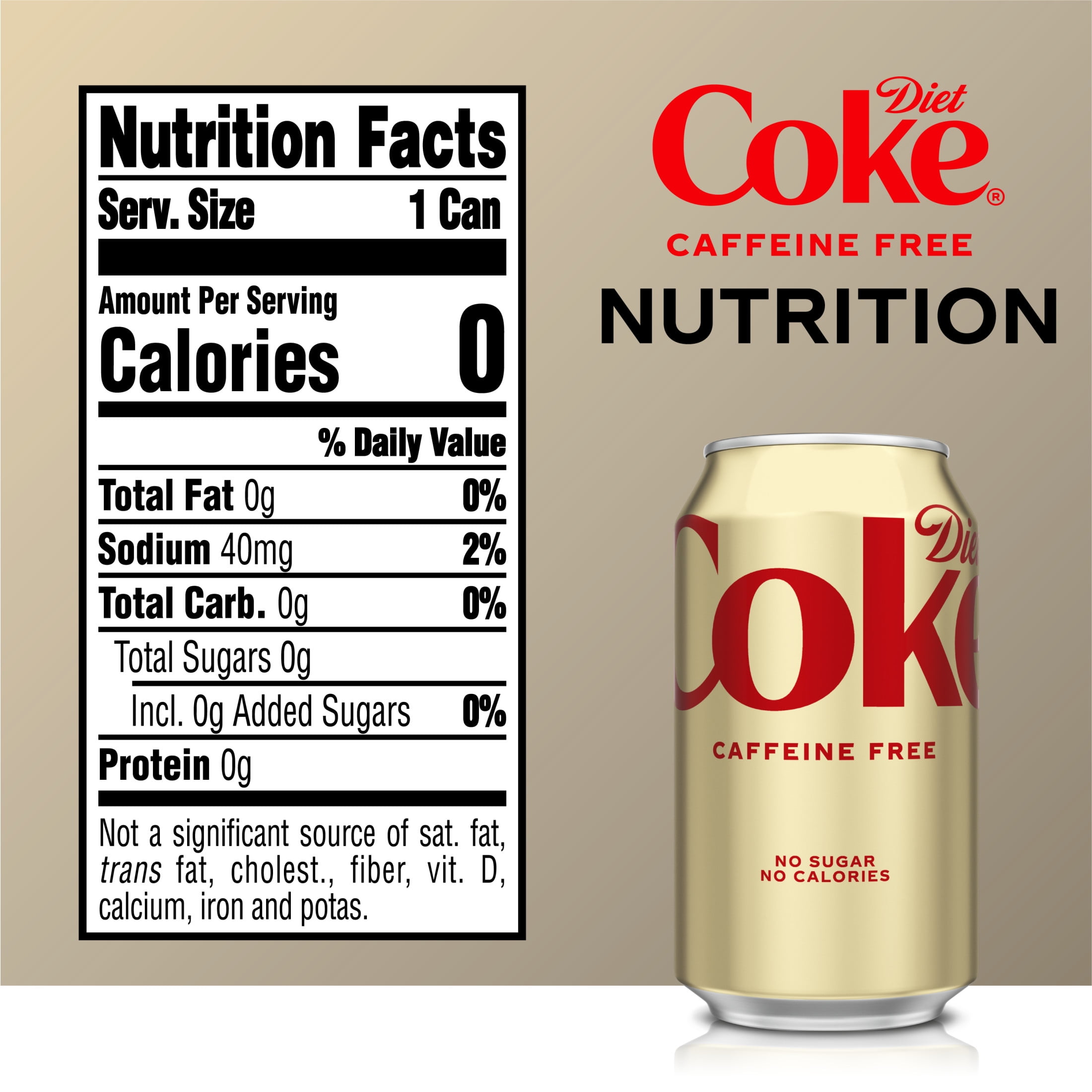
Effective Ways to Optimize Your 2-Week Acid Reflux Diet for Success
The journey to managing acid reflux can be a challenging yet rewarding endeavor. With a well-planned 2-week acid reflux diet, you can significantly alleviate symptoms and improve your quality of life. Understanding the importance of low-acid foods and identifying potential food sensitivities are key elements of this diet. Throughout this article, we will explore effective strategies for managing reflux symptoms, including meal planning, hydration tips, and cooking methods aimed at enhancing digestive wellness.
We will cover essential aspects, such as the importance of avoiding trigger foods, incorporating anti-inflammatory options, and adopting portion control techniques. This roadmap aims to provide you with actionable insights that can lead to successful symptom management and overall gut health. Key takeaway points include identifying heartburn relief options and understanding how dietary adjustments can impact your gastric reflux health.
Understanding the 2-Week Acid Reflux Plan
Building a structured 2-week acid reflux plan is fundamental to effectively managing heartburn and other symptoms. This plan involves recognizing which foods to avoid and which to incorporate into your diet for optimal digestive health.
This Is How the 2-Week Plan Works
The 2-week acid reflux diet focuses on gradually implementing foods that are easier on the stomach while eliminating irritants. During the first week, begin by removing acidic and high-fat foods such as fried items, which often trigger symptoms of acid reflux. During the second week, reintroduce certain foods gradually to identify personal triggers.
Meal Frequency and Timing Matters
Another crucial aspect of this diet is managing meal frequency and timing. Eating smaller, more frequent meals can reduce pressure on the lower esophageal sphincter, thus minimizing the chances of gastric reflux. Moreover, it’s important to avoid eating close to bedtime, allowing time for digestion.
Hydration for Reflux Health
Optimizing hydration is another effective way to support your acid reflux diet. Drinking sufficient water throughout the day can aid digestion and dilute stomach acid. However, it's wise to avoid drinking large quantities during meals, as it can increase gastric pressure.
Identifying Personal Triggers
Understanding your unique dietary triggers plays a pivotal role in acid reflux management. Keeping a food diary can help track reactions to specific foods, enabling you to make informed choices. Common triggers include spicy foods, caffeine, and certain fruits.
Incorporating Alkaline and Low-Acid Foods
Low-acid foods, such as bananas, melons, and leafy greens, can be included in your meal plans for acid reflux. These foods help neutralize stomach acid and promote overall gut health. Make it a goal to emphasize these beneficial options in both meals and snacks.
Building a Reflux-Friendly Meal Plan
With the groundwork laid, creating a reflux-friendly meal plan is essential for long-term success in managing symptoms. This involves strategic selections of low-fat proteins, safe fruits, and digestion-friendly cooking methods.
Smart Snacking Strategies
Smart snacking is crucial for maintaining energy levels while adhering to a reflux diet. Opt for reflux-friendly snacks like non-citrus fruits, low-fat yogurt, and whole-grain crackers. These options provide nutrients without aggravating symptoms.
Cooking Methods to Manage Reflux
How you prepare your meals can directly affect your acid reflux symptoms. Gentle cooking methods, such as steaming, baking, and sautéing with healthy cooking oils, can enhance the digestibility of meals and reduce irritation. Avoid frying and heavily spiced recipes that may trigger symptoms.
Creating Balanced Meals
Balance is key when constructing meals for reflux management. Incorporate fiber-rich foods, such as legumes and whole grains, along with lean proteins and healthy fats. This combination helps maintain digestive harmony and reduces inflammation.
Utilizing Probiotics for Digestive Health
Integrating probiotics into your diet through foods like yogurt and fermented vegetables can support gut health and bolster your digestive system. Probiotics are beneficial for promoting a healthy balance of gut flora, which can alleviate symptoms of acid reflux.
Monitoring Progress and Symptoms
As you embark on your 2-week acid reflux diet, it’s vital to monitor your symptoms and dietary responses closely. Keeping a food diary and tracking your hydration levels can provide insights into what works and what doesn’t.
Making Lifestyle Changes for Lasting Relief
Transitioning to a dietary plan for reflux often requires lifestyle changes that go beyond food choices. These changes can be pivotal in achieving long-term success in managing acid reflux symptoms.
Understanding the Role of Stress Management
Stress can significantly influence digestive issues and exacerbate reflux symptoms. Implementing stress management techniques, such as yoga or mindfulness practices, can enhance your overall well-being and contribute to better digestive health.
Managing Nighttime Reflux
If you experience nighttime reflux, consider adjusting your sleep position and meal timing. Elevating your upper body while sleeping can help prevent acid from flowing back into the esophagus. Additionally, avoid heavy meals close to bedtime to allow the digestive process to finish before sleeping.
Engaging in Regular Physical Activity
Regular exercise can improve digestive health and assist in maintaining a healthy weight, another factor in managing reflux. Aim for moderate physical activity most days. However, refrain from vigorous workouts immediately after meals, as that can aggravate symptoms.
Encouraging Family Support
Involving family and friends in your dietary journey can make a significant difference. Discussing your needs and challenges with them can help foster a supportive environment for healthy eating habits and lifestyle adjustments.
Embracing Community Support Resources
Participating in community support groups focused on digestive health can provide encouragement and shared experiences. These networks can be invaluable for those struggling with reflux, offering a sense of belonging and understanding.
Conclusion: Your Path to Reflux Management
Successfully navigating a 2-week acid reflux diet requires commitment to dietary diligence and lifestyle adjustments. By focusing on low-acid foods, hydration, meal management, and proactive monitoring of symptoms, you will be well-equipped to manage your reflux effectively. Incorporate these practices into your daily routine for optimal heartburn relief and improved digestive wellness. Remember, each individual’s journey can vary, so be patient and adaptable. With the right approach, you can foster lasting changes that enhance your quality of life.
```